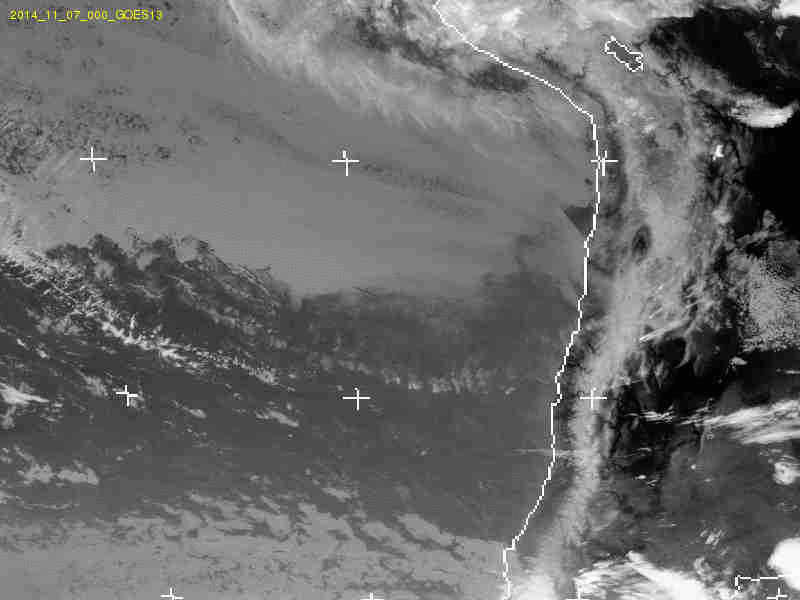Cataclysmic variables (CVs) are binary stars where the less massive component, a late-type (K-M) main-sequence star, transfers matter to the more massive component, a white dwarf. As such they represent a subclass of compact binaries. These objects show a large variety of phenomena, and their study bears relevance for several other areas of research, such as binary formation and evolution, accretion discs, or supernova progenitors.
Classical novae represent a subclass of CVs. The accumulation of a certain
critical amount of material on the white dwarf causes a thermonuclear explosion on its surface. In its course, material is expelled from the white dwarf into the interstellar medium as a shell. This phenomenon is known as a 'nova eruption'. Since the explosion does not destroy the binary system, the accretion process recommences within one or two years. Thus, it is reasonable to assume that the nova eruption represents a recurrent phenomenon and that it forms part of the evolution of most, if not all, CVs.
At the IFA we currently study the following aspects of the physics of CVs: - the connection between the group of classical novae and other subtypes of CVs. We have initiated a search to recover former novae in order to significantly enlarge the sample of such objects. This will allow for a statistically significant comparison of the properties of the 'post-novae' with those of 'other' CVs, and ultimately reveal both the importance of certain physical parameters on the nova eruption and the effect of the latter on them.
- the long-term photometric behaviour of specific objects with the goal to gain information from their variability on the processes in their accretion
discs.
Investigators:
Professors: Claus Tappert - Dr. Nikolaus Vogt - Dr. Matthias Schreiber





